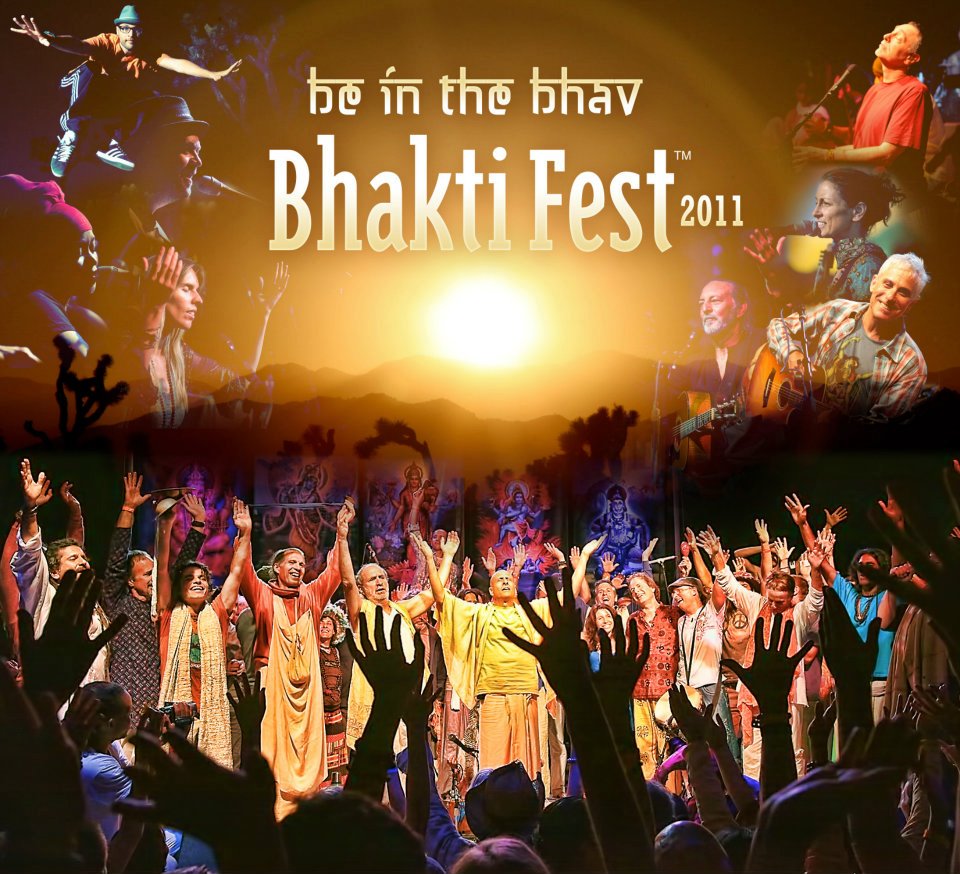 Who doesn’t like to get high? Let’s face it getting high is what we human beings live for. Getting high can also be called getting happy. Getting very, very, very happy. People pursue a high in all sorts of ways, from negative ways like drinking alhohol and taking drugs, to more positive ways like spiritual practices such as ecstatic chanting and dance.
Who doesn’t like to get high? Let’s face it getting high is what we human beings live for. Getting high can also be called getting happy. Getting very, very, very happy. People pursue a high in all sorts of ways, from negative ways like drinking alhohol and taking drugs, to more positive ways like spiritual practices such as ecstatic chanting and dance.
When we do spiritual practices like ecstatic chanting and dance we feel we are entering another ‘zone,’ a place that is not available to us in ordinary life. We may feel we are progressing on the spiritual path. We may even assume that the goal of spiritual life is to always feel as high, or even higher, than when we do when we engage in ecstatic practices.
We feel great when we are chanting or dancing, but then when we stop, eventually we come down. We then assume that we’ve got to go and do it again. Perhaps we even assume if we do this enough the experience will stick and we will never come down. We may assume that the goal of spiritual practice is to feel as high as a kite all the time.
Unfortunately we will always come down. What goes up must come down. There is great value in performing spiritual practices be it meditation, chanting, dance, service to others, prayer, worship, etc., because all of these purify our hearts and our minds.
And when the heart/mind has become clear and still, grace may arrive from some quarter, be it in the form of a person, a poem, a natural scene, whatever, which points out and shows us that all that was sought in ecstatic experiences is really only a reflection of the truth of your own being.
You are That which you have always sought to discover. You have always been That. You don’t come and go, and thus you are not subject to going up or coming down. There are no highs or lows in the reality that you are. You just abide, ever present, in pain and pleasure, in ecstasy and despair, in boredom and absorption. And when you recognize this you know that you are home.
Then you can go out and experience the world of duality. You can dance, chant, meditate, whatever. But when you do these things now your understanding and approach to them is different, because you know that the experiences they give you are not the goal. They can neither decrease nor diminish who you really are, and at the same time, they are fun.
